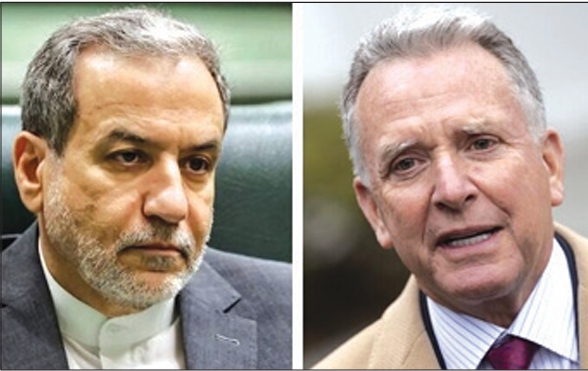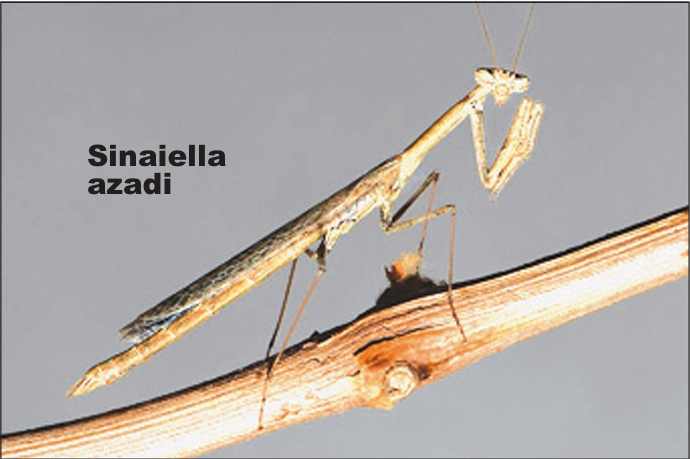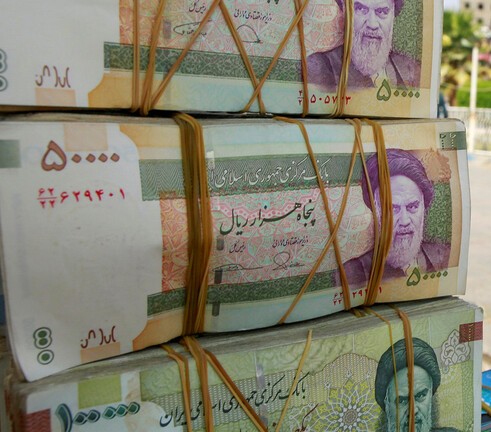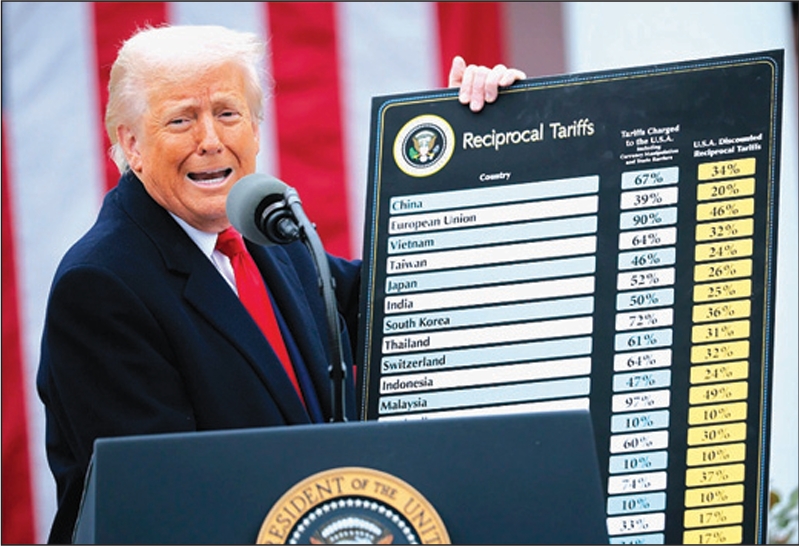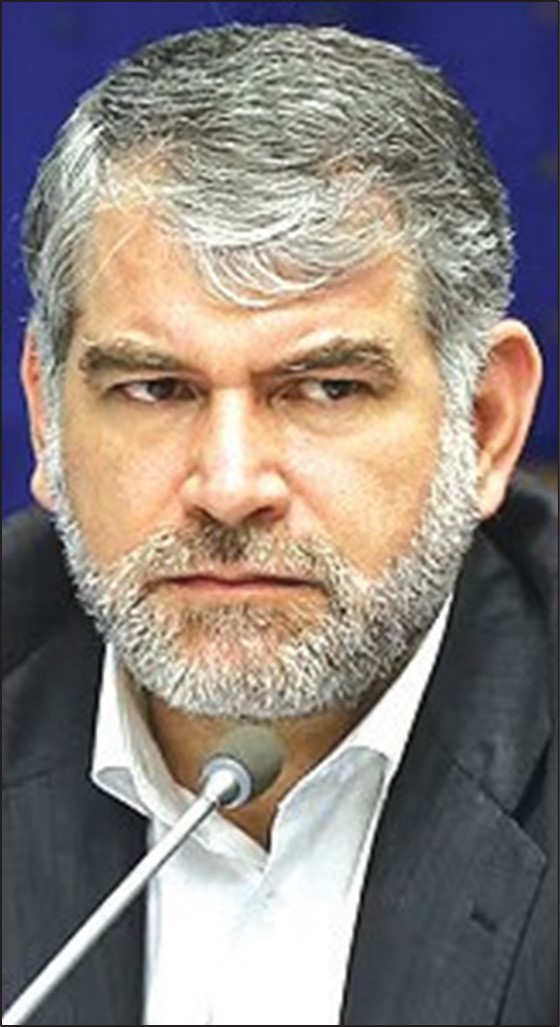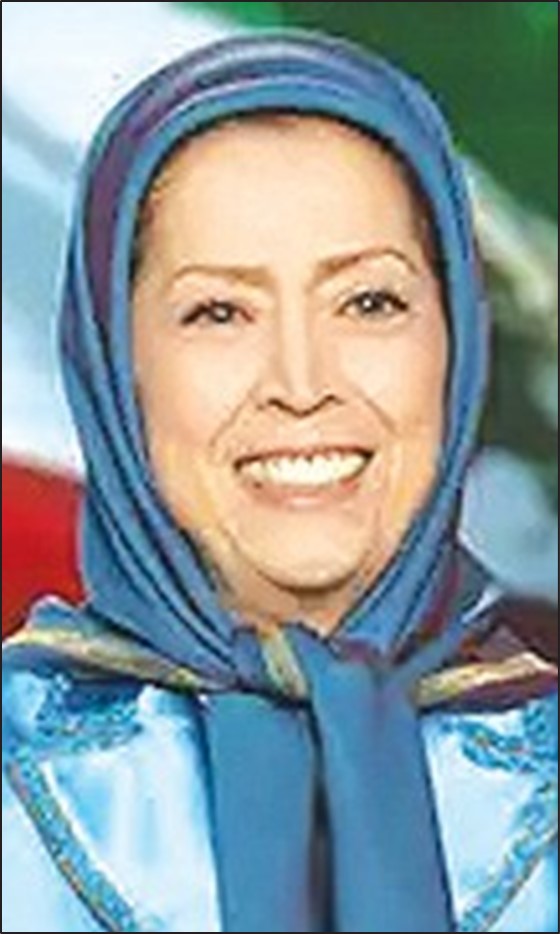Millions of Afghans in Iran face a tougher life as the Islamic Republic imposed new restrictions on undocumented immigrants as of Now Ruz.
One Afghan told Radio Azadi, the companion to Radio Farda broadcasting into Afghani stan, that he recently returned to Afghanistan after doctors in Iran refused to treat his elderly mother for her heart disease. “I was told to return to Afghanistan because Afghans were not supposed to get any treatment here,” he recalled.
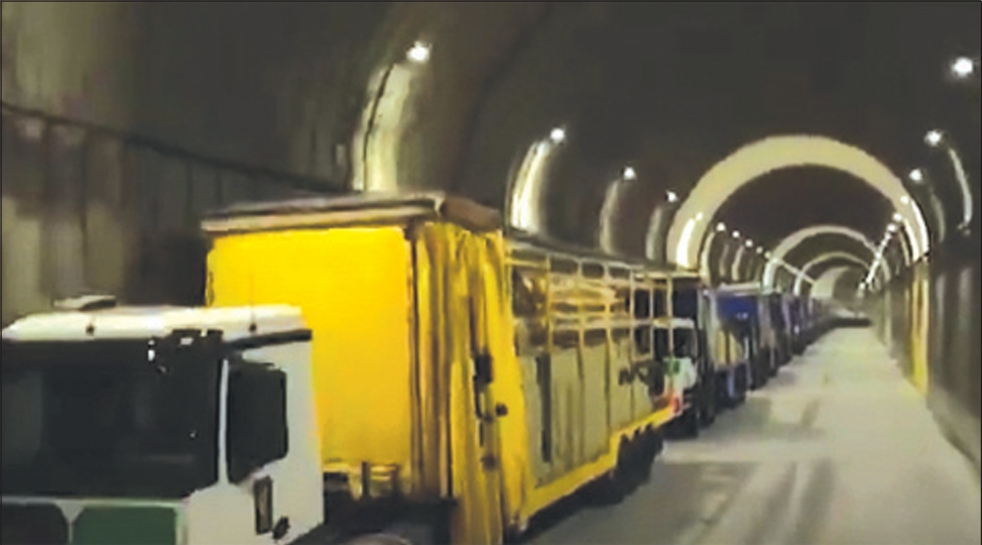
they call a “missile city” dug deeply underground to store Iranian missiles
where the Americans can’t hit them. The regime claims it has now built more
than 100 such storage sites, though analysts think that is much exaggerated.
News reports say the Pasdaran have built these storage sites with multiple
entryways and exits so an attacker could not just bomb an entryway and exit
and trap all Iran’s missiles inside. The video shows huge corridors tightly
lined with hundreds of missiles. Military analysts say the videos show no
blast doors or barriers, which means an attacker could cause a chain of
explosions by hitting just one missile warhead inside the caverns.
In Karaj, Ehsan Zia, another Afghan immigrant, said his two teenage daughters can no longer attend school. “Our hopes have been dashed,” he told Radio Azadi. “Even here [in Iran], my daughters are being deprived of education.”
Zia moved to Iran three years ago after the Taliban ended education for girls at the sixth grade. Despite having a legal visa to stay in Iran, Zia says he has been unable to enroll his daughters in school due to bureaucratic obstacles and shifting policies.
Earlier in March, the Center for Aliens and Foreign Immigrants’ Affairs (CAFIA) at Iran’s Interior Ministry announced six categories of Afghans who will remain eligible for key services under the new rules.
These include Afghans registered as refugees, those with valid visas or work permits, former employees of the previous Afghan government that was toppled by the Taliban, and families with school-age children who apply for visas.
Tehran says it has already deported more than 2 million Afghans over the past two years as part of a campaign targeting undocumented immigrants.
Nader Yarahmadi, head of CAFIA, defended the government’s move, telling the Iranian Students News Agency (ISNA), “There is no obstacle to returning [to Afghanistan] due to the relative stability and declared policies of the current Afghan government.”
The United Nations’ refugee agency, UNHCR, estimates that some 4 million Afghans live in Iran, including more than 2 million undocumented migrants. Figures cited by Iranian officials and media vary widely, with some claiming that 8 million Afghans reside in Iran.
The crackdown on undocumented Afghans has coincided with rising anti-Afghan sentiment in Iran. Impoverished Afghan migrants are often scapegoated for crimes, insecurity, and unemployment. Such views have fueled mob violence against Afghans as well as mass arrests and brutal treatment by Iranian police and border security forces.
“Cutting off basic services to migrants will disrupt the labor market and drive more people into the underground economy,” said Graeme Smith, senior Afghanistan analyst at the Brussels based International Crisis Group.
Afghan migrants make up a significant portion of Iran’s labor force in agriculture and construction—sectors that could suffer if undocumented workers are expelled en masse.


